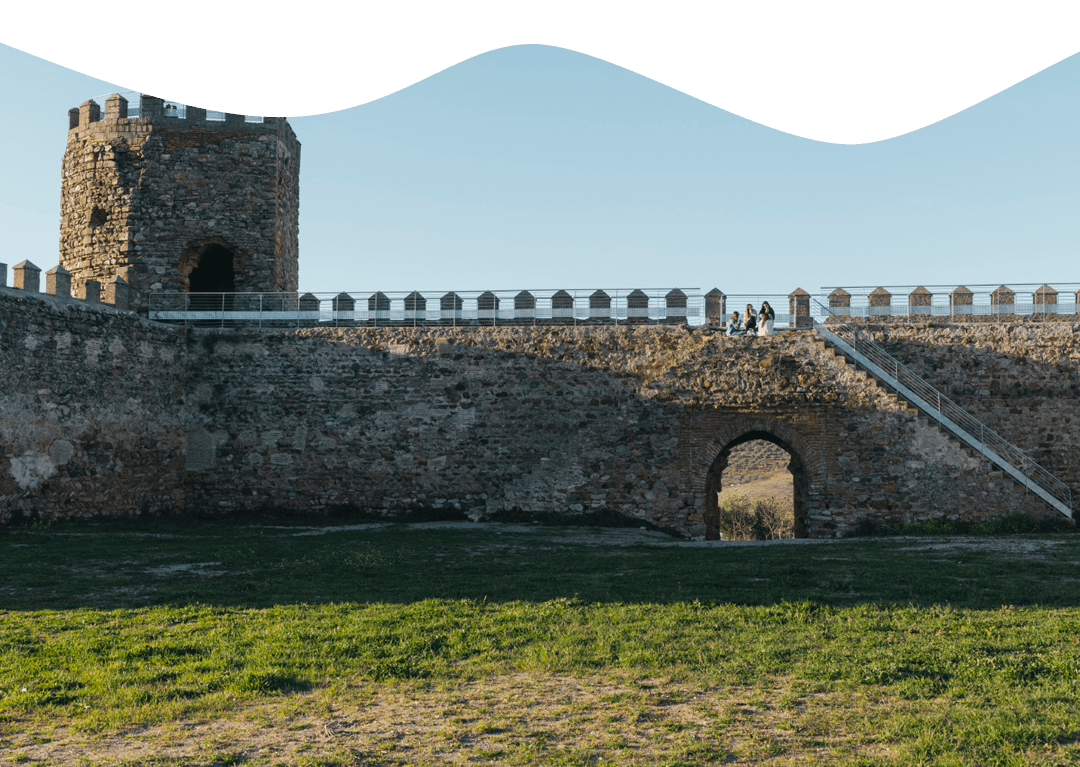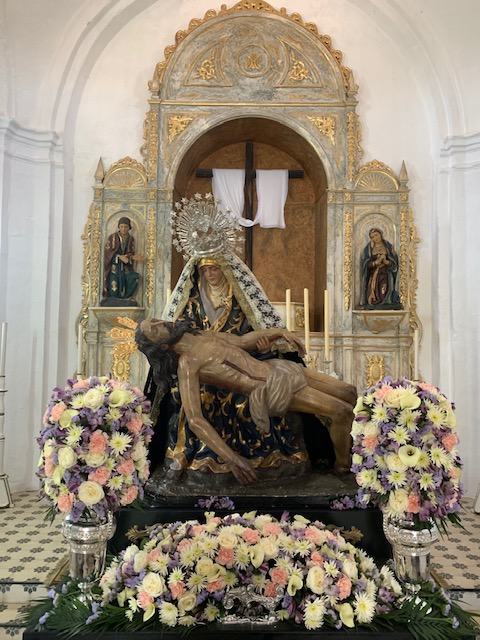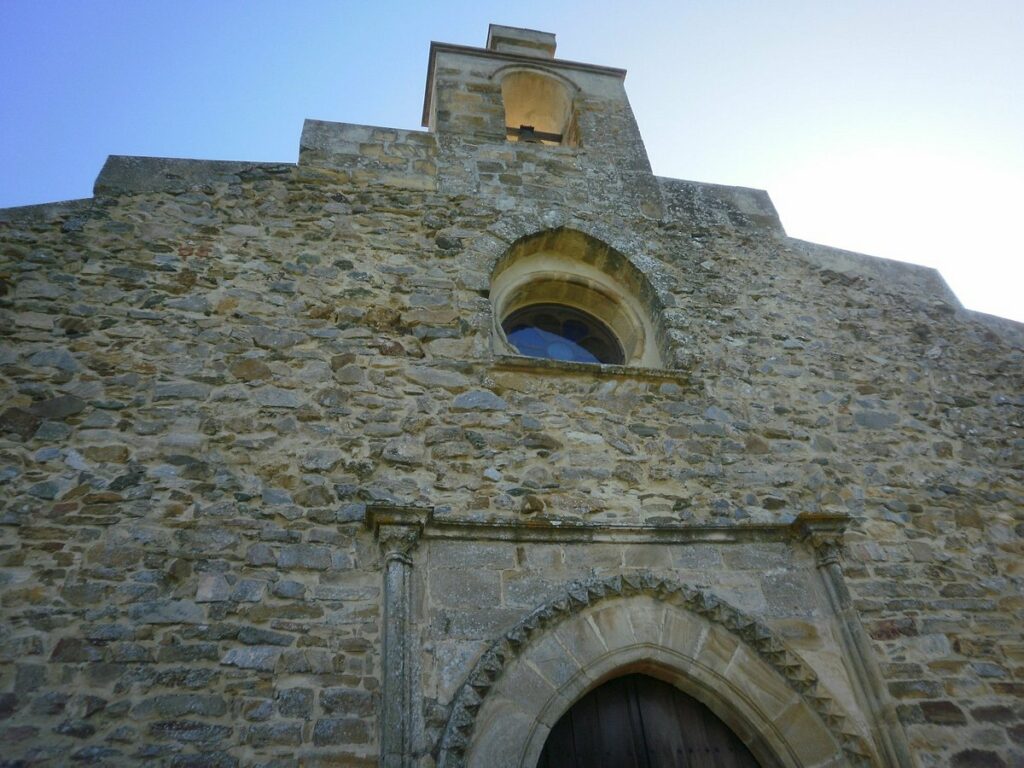


CONOCE ALANÍS
Todas las ciudades, villas y lugares de España, tienen sus historias y sus leyendas. Unas conocidas y otras no. La historia es el relato de los hechos acaecidos a través del tiempo y que tienen sus orígenes en guerras, en luchas ancestrales o modernas, desde la fundación de los pueblos hasta nuestros días o de la
construcción de edificios monumentales, ya profanos, ya religiosos y de realizaciones artísticas que tienen sus detalles que contempla y analiza. Cuando estos relatos desaparecen por la acción del tiempo, surge la leyenda que son los mismos hechos aumentados por la fantasía popular o sublimados por la fe religiosa.
La leyenda es una narración tradicional, admirativa y generalmente fantástica de personas, épocas y lugares determinados. Es la flor de la admiración de un pueblo, es la expresión delicada de la literatura popular. El pueblo en la leyenda, quiere evadirse de lo vulgar, cotidiano, embelleciendo lo prosaico con una señalada espiritualidad. La leyenda guarda la esencia de un pueblo, lo más fino de su espíritu y lo más delicado de su emoción. Las viejas leyendas son lecciones íntimas de un tiempo ido y sus reminiscencias, sencillo, entrañable y creyente. Las leyendas son nebulosas de un pasado lejano y a veces glorioso de la vida secular de un pueblo.

Del patrocinio de la Virgen de las Angustias sobre Alanís no hay testimonios escritos. No ha sido posible determinar su cronología. Ni por el estilo arquitectónico de la capilla puede determinarse la fecha en que tuviera lugar la lucha entre moros y cristianos en el sitio conocido por “matamoros” que pudo ser en fecha bastante anterior a la construcción de la capilla e imagen. Este hecho y el patronazgo de la Virgen de las Angustias en este pueblo, tuvo como consecuencia la lucha anteriormente citada, como se dice en otro lugar, al impetrar el capitán cristiano la protección de la Virgen en lucha personal con el adalid moro al que logró vencer y para conmemorar la efeméride ordenó construir la capilla y el pueblo tomó por Patrona a la Virgen de las Angustias.
Anteriormente el Patrón de Alanís fue San Juan Bautista, cuya reminiscencia llegó hasta nuestros días con los cultos que se le hacían en la ermita de San Juan, llamados “la velá de San Juan”.
Para más información puedes visitar la web de la Hdad. de las Angustias en https://angustiasdealanis.com/
Era el 24 de junio de un año incierto, día de San Juan, Patrón de Alanís. El sol del ocaso doraba las cumbres de las montañas que circundan a este pueblo. En la ermita de San Juan situada al lado del castillo, había fiesta grande, donde aquella tarde se había dado cita la mayoría de los habitantes de Alanís.
A la sazón moraba en Alanís, diferentes familias musulmanas que habían recibido las aguas del bautismo, pero que continuaban practicando los ritos de su religión. Entre estos musulmanes había una joven morisca llamada Ascia. Era de una belleza singular. Mantenía relaciones secretas con un doncel hijo del alcaide del castillo, el cual, enamorado de la bella sarracena quería librarla del harén. Aquel día de fiesta, aprovechando el tumulto, había concertado una entrevista con Ana María, que este era el nombre tomado por la sarracena, en la fuente de Las Pilitas, lugar inmediato al para revelar ella al cristiano que su padre había decidido casarla con un árabe como es uso y costumbre de esta religión.
El escenario de la cita es misterioso, pintoresco y bello, y propio para la expansión del idilio, y allí contó al cristiano sus temores.
El padre de la morisca, que había recibido confidencia de aquella entrevista, dió aviso al futuro marido de su hija, que se llamaba Alí el africano y este corrió lleno de ira al lugar de la cita y mientras enlazados se juraban sus amores eternos, el feroz moro clavó su alfange a traición en la espalda del joven cristiano, dejándole sin vida. Ascia enloquecida por la escena y por el furor del sarraceno, corrió despavorida, gritando y el eco de sus gritos y su visión desaparecieron por las alturas de la alameda, como un girón fugaz de luna. El morisco se ensañó con el cuerpo inerte del confiado cristiano y cuando intentó buscar a la bella Ascia Halema, esta había desaparecido del entorno. Avisados, los parientes y amigos buscaron inútilmente entre la arboleda y en las profundidades del arroyo. Todo fue inútil, la bella Ascia había desaparecido para siempre.

En años sucesivos, siempre que era llegado el día 24 de junio, a las doce de la noche, los curiosos que al regresar de la fiesta llegaban a la fuente de Las Pilitas, hallaban sentada al borde de la misma a la visión bella de Ana María y al querer acercarse a la misma, la visión desaparecía lo mismo que en la noche del drama.
Así es el relato y la tradición oral transmitida al devenir de los años, con toda su poesía y con todo su misterio. Es un episodio amoroso más entre estas dos religiones que a pesar de tener muchos puntos de contactos, son opuestas por la diferencia de las religiones.
Esta leyenda se encontraba en la actualidad muy fragmentada y casi desaparecida. La tradición ha quedado como una leyenda local con el nombre de “El encanto de las Pilitas”.
Alanís en la Historia y en la leyenda, Carlos Lora

Alanís 2022. Todos los derechos reservados © Nattule. Desarrollo web NattuAR.
We firmly believe that the internet should be available and accessible to anyone, and are committed to providing a website that is accessible to the widest possible audience, regardless of circumstance and ability.
To fulfill this, we aim to adhere as strictly as possible to the World Wide Web Consortium’s (W3C) Web Content Accessibility Guidelines 2.1 (WCAG 2.1) at the AA level. These guidelines explain how to make web content accessible to people with a wide array of disabilities. Complying with those guidelines helps us ensure that the website is accessible to all people: blind people, people with motor impairments, visual impairment, cognitive disabilities, and more.
This website utilizes various technologies that are meant to make it as accessible as possible at all times. We utilize an accessibility interface that allows persons with specific disabilities to adjust the website’s UI (user interface) and design it to their personal needs.
Additionally, the website utilizes an AI-based application that runs in the background and optimizes its accessibility level constantly. This application remediates the website’s HTML, adapts Its functionality and behavior for screen-readers used by the blind users, and for keyboard functions used by individuals with motor impairments.
If you’ve found a malfunction or have ideas for improvement, we’ll be happy to hear from you. You can reach out to the website’s operators by using the following email
Our website implements the ARIA attributes (Accessible Rich Internet Applications) technique, alongside various different behavioral changes, to ensure blind users visiting with screen-readers are able to read, comprehend, and enjoy the website’s functions. As soon as a user with a screen-reader enters your site, they immediately receive a prompt to enter the Screen-Reader Profile so they can browse and operate your site effectively. Here’s how our website covers some of the most important screen-reader requirements, alongside console screenshots of code examples:
Screen-reader optimization: we run a background process that learns the website’s components from top to bottom, to ensure ongoing compliance even when updating the website. In this process, we provide screen-readers with meaningful data using the ARIA set of attributes. For example, we provide accurate form labels; descriptions for actionable icons (social media icons, search icons, cart icons, etc.); validation guidance for form inputs; element roles such as buttons, menus, modal dialogues (popups), and others. Additionally, the background process scans all of the website’s images and provides an accurate and meaningful image-object-recognition-based description as an ALT (alternate text) tag for images that are not described. It will also extract texts that are embedded within the image, using an OCR (optical character recognition) technology. To turn on screen-reader adjustments at any time, users need only to press the Alt+1 keyboard combination. Screen-reader users also get automatic announcements to turn the Screen-reader mode on as soon as they enter the website.
These adjustments are compatible with all popular screen readers, including JAWS and NVDA.
Keyboard navigation optimization: The background process also adjusts the website’s HTML, and adds various behaviors using JavaScript code to make the website operable by the keyboard. This includes the ability to navigate the website using the Tab and Shift+Tab keys, operate dropdowns with the arrow keys, close them with Esc, trigger buttons and links using the Enter key, navigate between radio and checkbox elements using the arrow keys, and fill them in with the Spacebar or Enter key.Additionally, keyboard users will find quick-navigation and content-skip menus, available at any time by clicking Alt+1, or as the first elements of the site while navigating with the keyboard. The background process also handles triggered popups by moving the keyboard focus towards them as soon as they appear, and not allow the focus drift outside of it.
Users can also use shortcuts such as “M” (menus), “H” (headings), “F” (forms), “B” (buttons), and “G” (graphics) to jump to specific elements.
We aim to support the widest array of browsers and assistive technologies as possible, so our users can choose the best fitting tools for them, with as few limitations as possible. Therefore, we have worked very hard to be able to support all major systems that comprise over 95% of the user market share including Google Chrome, Mozilla Firefox, Apple Safari, Opera and Microsoft Edge, JAWS and NVDA (screen readers), both for Windows and for MAC users.
Despite our very best efforts to allow anybody to adjust the website to their needs, there may still be pages or sections that are not fully accessible, are in the process of becoming accessible, or are lacking an adequate technological solution to make them accessible. Still, we are continually improving our accessibility, adding, updating and improving its options and features, and developing and adopting new technologies. All this is meant to reach the optimal level of accessibility, following technological advancements. For any assistance, please reach out to